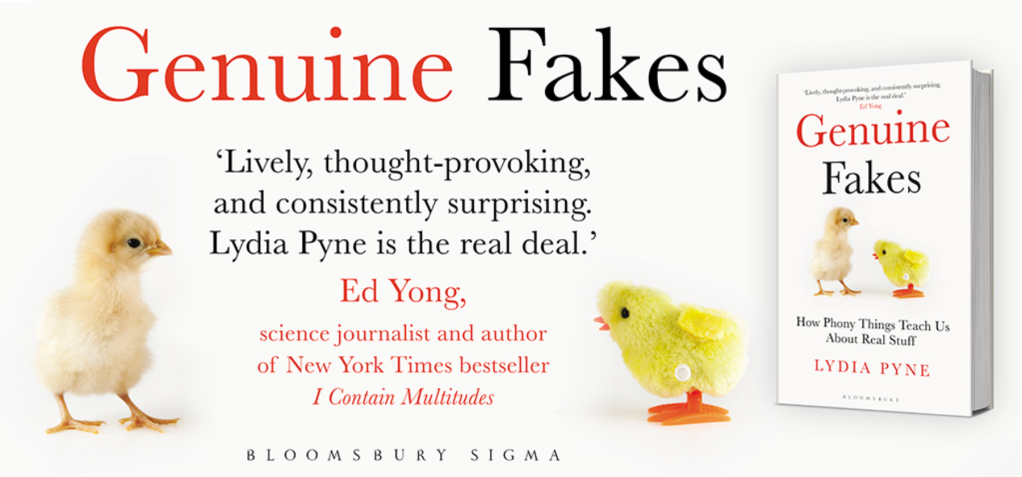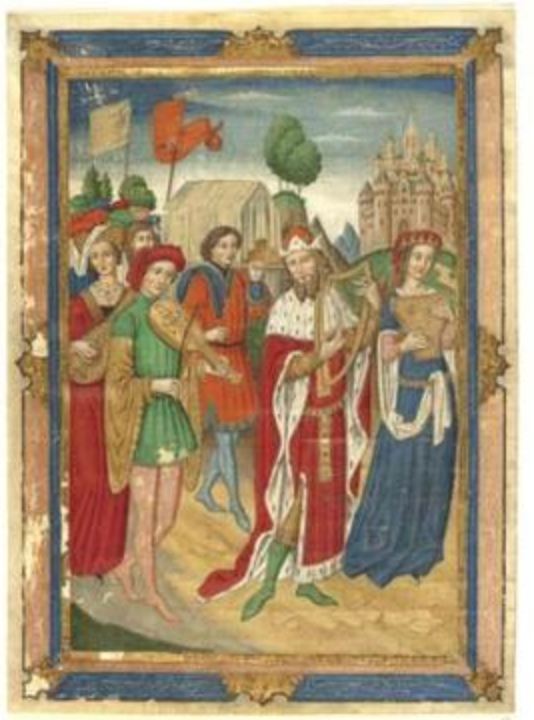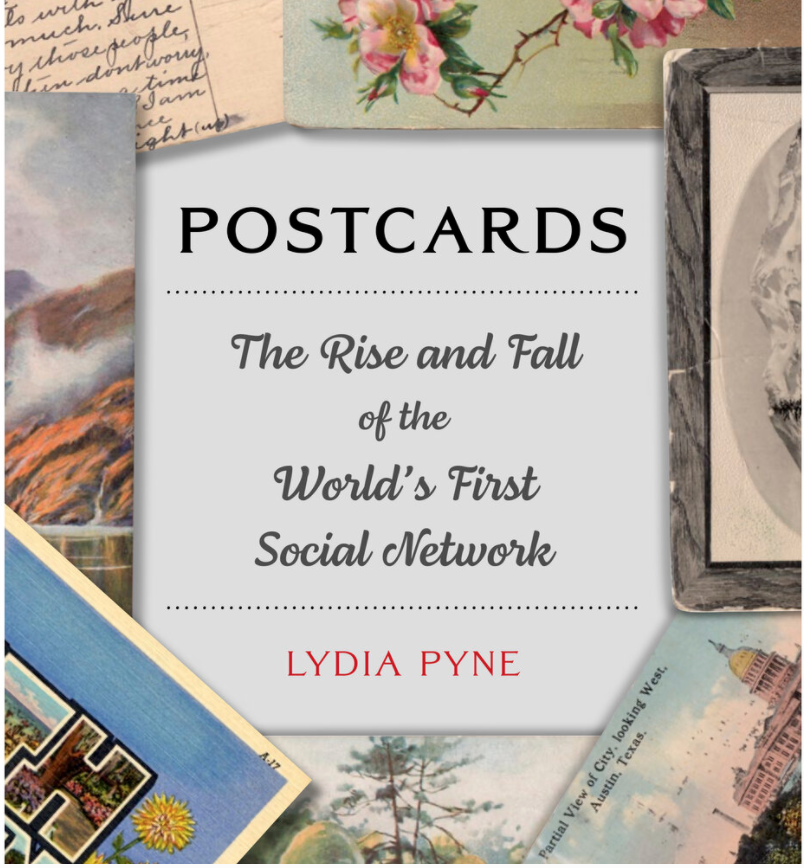The environment is complete of legitimate fakes: the objects that tumble into the room between things that are genuine and those people that are not. Irrespective of whether or not we believe factors are reliable is a subject of point of view. From tales of audacious forgeries to feats of technological innovation, historian and writer Lydia Pyne explores how the authenticity of real fakes from art forgeries to artificial flavors depends on their exclusive blend of background, science and tradition.

Hi Lydia, how did you get the idea to write this e book?
My background is in paleolithic archeology and heritage of science, and people are the topics I have published about. Although I was functioning on just one of my previous publications, about famed fossils, I experienced the opportunity to study a fake fossil. It is named the Piltdown hoax and when I observed it at the Organic heritage Museum in London, it struck me how exciting it was that this fossil is built of serious items of bones that are set collectively to make a pretend species.
I was so struck by this juxtaposition that you can have genuine matters but they can add up to be a thing pretend at the stop. So I was curious to investigate this issue of materialism, what is this point built of and how does it lead to how we consider about it. And how it transpires to it as time goes on.
So I looked for other authentic fakes and I started to find them just about everywhere! I preferred to place with each other a task that looked at authenticity as a continuum. To look at how an object can alter overtime.
So what is a genuine fake?
Properly it can go from artificial flavoring to man manufactured diamonds, detailed reproductions of Paleolithic dwelling spaces (like Lascaux caves) or some artworks combining fabrication and veracity.
There is for case in point, the case of William Henry Ireland whose knack in the late 18th century for finding documents signed by Shakespeare was uncanny as very well as worthwhile.
Eire even “discovered’ a extended-misplaced play, Vortigern and Rowena. He eventually confessed to acquiring concocted his “discoveries” in purchase to get funds out of his father. Even immediately after Ireland’s confession, some persons were being possibly gullible or ironic plenty of to want to have the spurious files, which gave him an incentive to forge copies of his possess forgeries.
Currently William Henry Ireland is one of the most collectable and useful of the doubtful pantheon of Shakespearean forgers, with genuine Irelands fetching any place from a handful of hundred kilos to tens of hundreds of lbs at auction. William Henry Ireland’s forgeries carry on to intrigue students. Institutions that have Eire holdings constantly obtain their Ireland forgeries in use for any amount of scholarly investigation projects.

1 of the other seriously enjoyable illustrations was this artist named the Spanish Forger who in the 19th century created astounding medieval artworks. It is not medieval but it is how customers at the time needed to think about the medieval period with knights in shiny armors. When his work was debunked in the 1930’s it was relegated as bogus. In the adhering to a long time, they turn out to be their personal thing and collectable.
It demonstrates that how folks believe about it, developed as a result of time.
Can you share a different illustration of an object whose standing adjusted over time?
We can consider about a famed artefact named the Grolier Codex. Its tale is fairly exciting: The conquistadors who swept by way of the Mayan empire in the 16th century burned just about every text they could locate, apart from 3 codices sent dwelling as souvenirs and curiosities. Initially proven in general public in 1971 just after remaining identified in Mexico, the Grolier Codex was normally assumed to be aspect of the tremendous body of pretend Mayan books sold to collectors all through Europe and the Americas above the hundreds of years. An assessment of the composition of a single of the paints made use of in the codex implies that it is legitimate but skeptics stay. This story of the Grolier Codex is a reminder that objects stay on a continuum of authenticity, and that they can shift up and down that continuum, relying on their record and context.
So how to assess what is the authentic issue?
Before we demand from customers that a thing be reliable or dismiss a little something as phony, we ought to think about the purpose, intent and context of the item in issue and what we would take as the Actual Detail.
You have a new book coming up in December, can you inform us about it?
The e-book is “Postcards: The Rise and Tumble of the World’s Initially Social Network”.

Postcards are generally connected with banal holiday break pleasantries, but they are built possible by subtle industries and establishments, from printers to postal expert services. When they ended up invented, postcards established what is now taken for granted in contemporary instances: the skill to send out and receive messages all around the earth very easily and inexpensively. Basically they are about producing private connections—links involving men and women, places, and beliefs. The e book examines postcards on a world scale, to realize them as artifacts that are at the intersection of heritage, science, technologies, art, and society. Postcards were the 1st world social network and in the 20-very first century, they are not nonetheless extinct.
Adhere to her on twitter






More Stories
Body Piercing – The Healing Process and Aftercare
Different Types of Body Art
Penis Pearling: Permanent Penis Pleasure or Painful Penile Mishap?